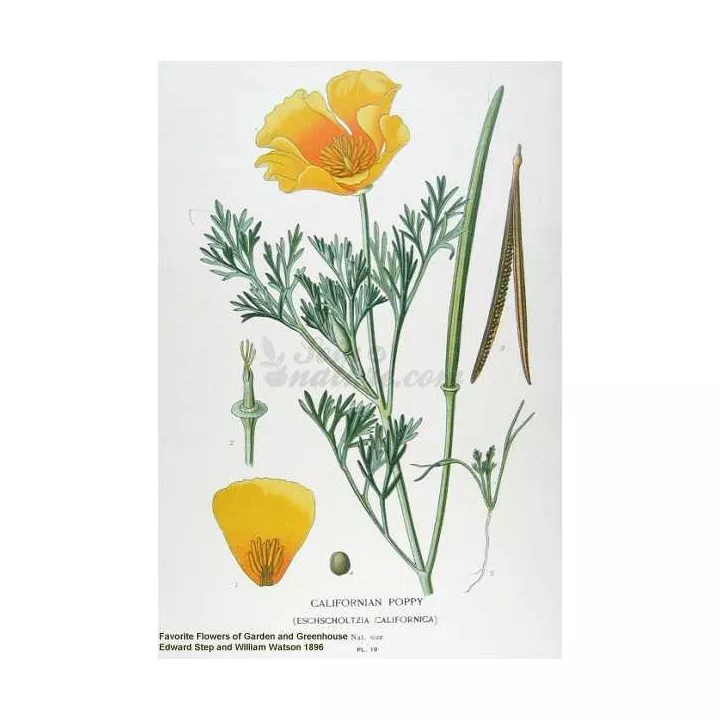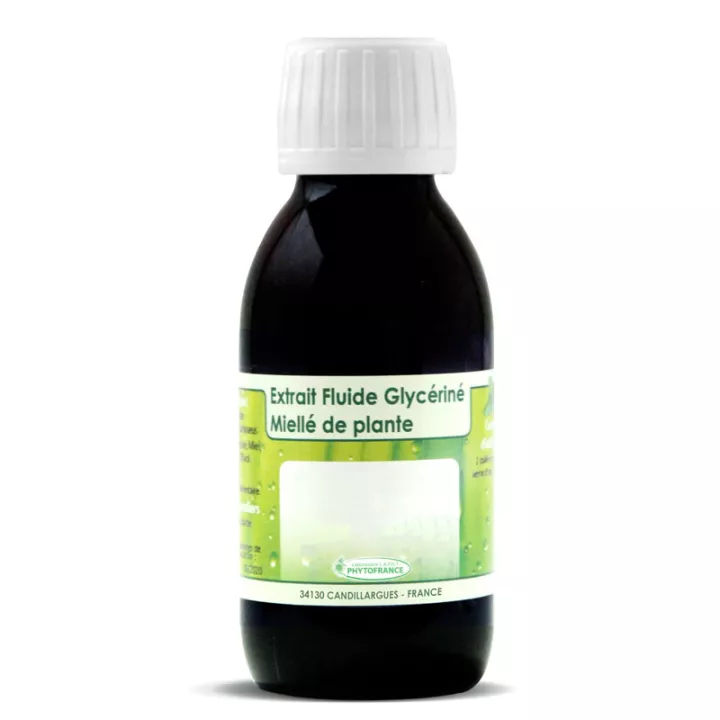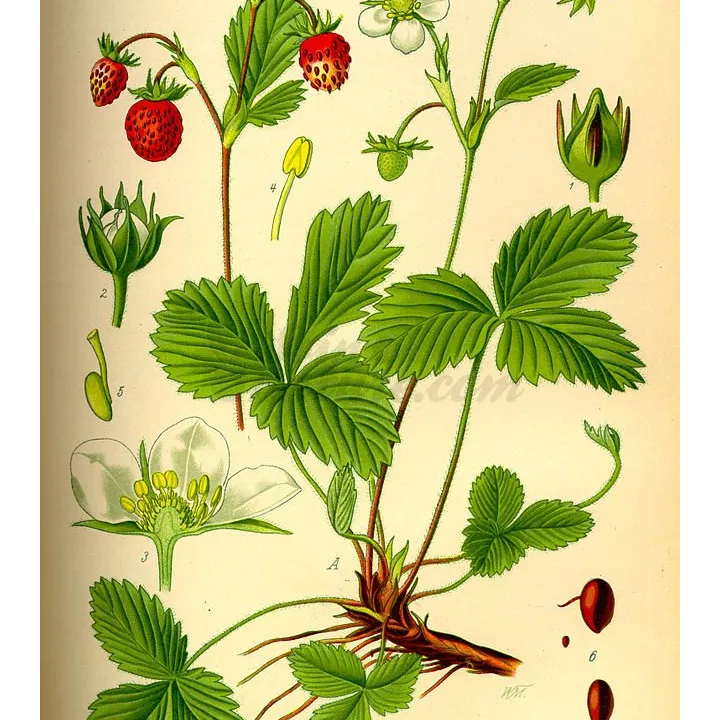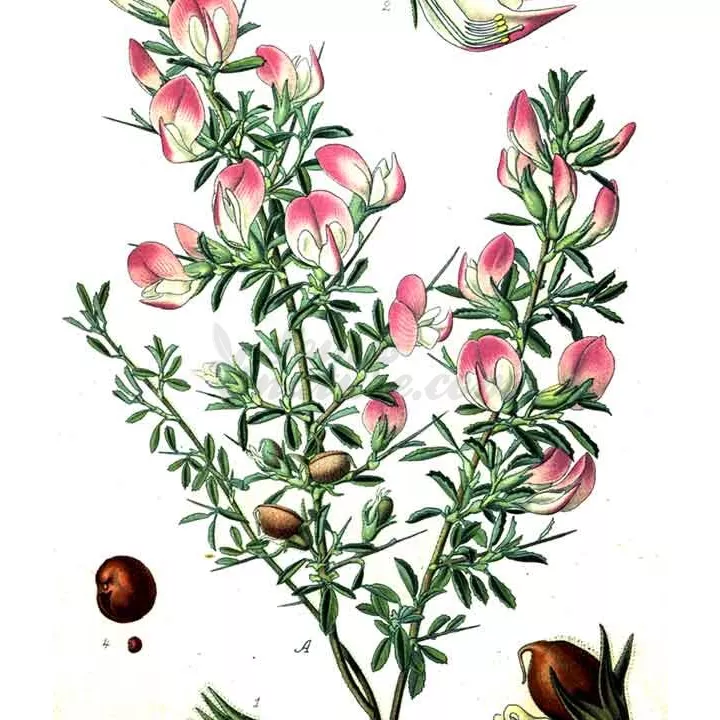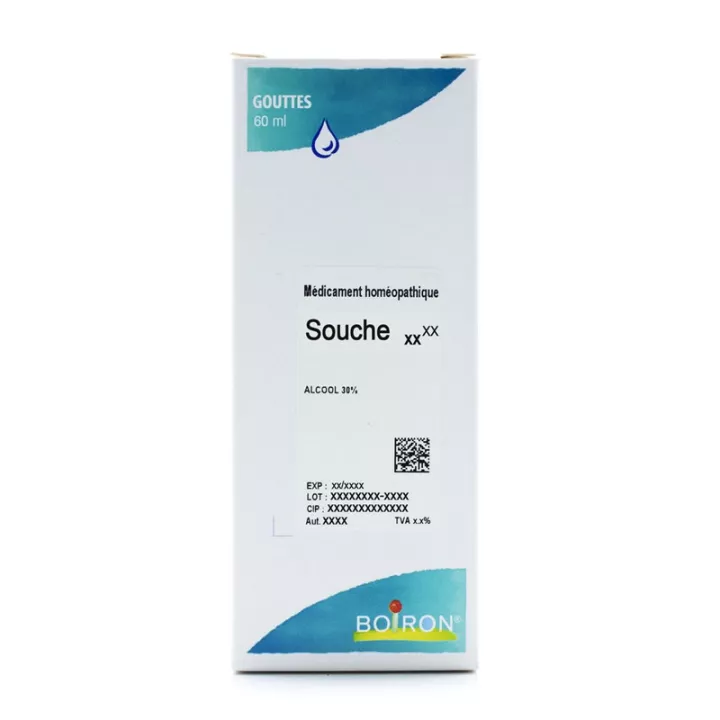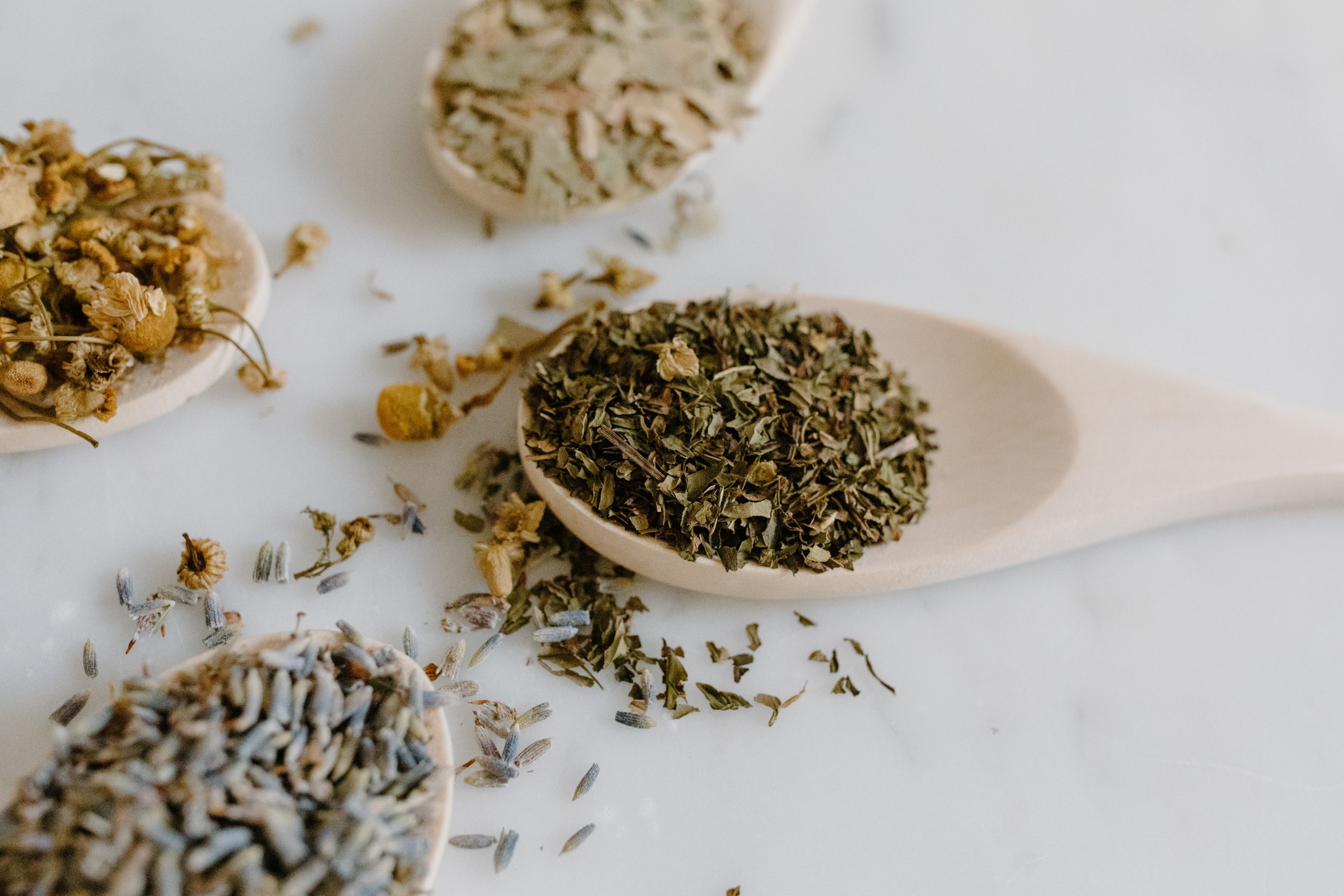What is Eschscholtzia californica Iphym Herboristerie used for?
Eschscholtzia californica, also known as California poppy, is a medicinal plant renowned for its soothing properties. Used for centuries by the indigenous peoples of the West Coast of the United States, this plant is appreciated for its beneficial effects on the nervous system and its natural sedative action. Thanks to its high alkaloid content, it is a natural and effective solution to sleep disorders, anxiety and stress.
One of Eschscholtzia's main benefits is its hypnotic action. It helps you fall asleep and improves sleep quality. Unlike traditional sleeping pills, Eschscholtzia is non-addictive, making it an ideal choice for those wishing to avoid the side effects of drugs. By boosting the production of GABA, a key neurotransmitter in stress regulation, this plant helps calm restless minds and reduce night-time awakenings.
In addition to its effects on sleep, Eschscholtzia acts as a natural anxiolytic. It helps reduce nervousness and symptoms of mental stress, promoting an overall sense of well-being. The alkaloids present in the plant, such as californidine and escholtzine, interact with serotonin receptors, regulating mood and reducing feelings of anxiety. It's a gentle, natural alternative to synthetic anxiolytics, without the side effects such as excessive drowsiness or addiction.
In phytotherapy, Eschscholtzia is also recommended for its analgesic properties. It relieves chronic pain such as migraines, rheumatism and menstrual pain. The alkaloids present in the plant have an anti-inflammatory action that calms pain and muscle spasms, while improving blood circulation. As such, it can be used to treat recurrent headaches or joint pain associated with osteoarthritis.
A lesser-known benefit of Eschscholtzia is its beneficial effect on digestion. Thanks to its antispasmodic and anti-inflammatory properties, it helps soothe digestive disorders such as bloating, abdominal cramps and colic. People suffering from irritable bowel syndrome or chronic digestive disorders can find natural relief by incorporating this plant into their daily routine.
Iphym also offersTarragon Cut Leaf at the best price in our online pharmacy.
How to use this plant
In herbal tea
To enjoy the benefits of Eschscholtzia as an herbal tea, follow the steps below:
- Pour 1 teaspoon of flowering aerial parts into 1 L of freshly boiled water.
- Leave to infuse for 10 to 15 minutes.
- For sleep disorders, take 1 to 2 cups with dinner, then 1 to 2 cups 30 minutes before bedtime (i.e. 1 to 4 cups a day).
Give your opinion on the advice for use and dosage of Eschscholtzia californica Iphym Herboristerie with our partner Verified opinions after your purchase.
Precautions for use
Eschscholtzia is for adults only, and is not recommended during pregnancy or while breast-feeding. The use of Eschscholtzia root is contraindicated in cases of chronic glaucoma. In the event of surgery, it is advisable to stop taking Eschscholtzia 15 days before the operation, due to the risk of sedation from the anesthetics.
Avoid taking Eschscholtzia with drugs such as tranquilizers, sleeping pills, antidepressants, antipsychotic neuroleptics, antiepileptics, painkillers or cough suppressants derived from opiates (codeine, dextrometorphan, etc.). Interactions may also occur with other drugs due to the inhibition of certain cytochromes by Eschscholtzia. Avoid driving vehicles or using machine tools after taking Eschscholtzia, and do not drink alcohol during treatment.
Take care when taking other herbal teas or supplements, as Eschscholtzia may interact with other plants acting on the nervous system.
What is its composition?
Latin name: Eschscholtzia californica
Family: Papaveraceae
Other names: Laurier de saint Antoine, Pavot de Californie, Globe du soleil
Eschscholtzia contains alkaloids, both in its roots (2-3%) and in its aerial parts (0.5%). Some of these alkaloids are specific to the plant: eschscholtzine and californidine, while others are common to other members of the papaveraceae: fumarine, sanguinarine, norargemonine, etc. It also contains other compounds: carotenoids, flavonoids, phytosterols, linamarin, etc.
Available at
Available in 100 g, 250 g or 1 kg formats, as required.

